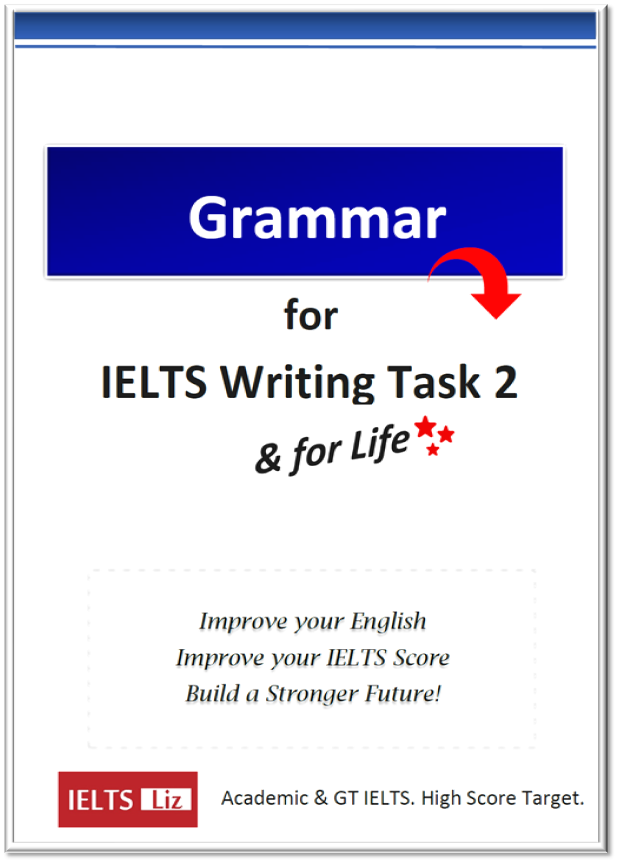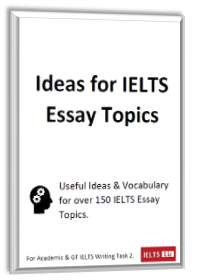Practise using the official IELTS writing answer sheet before your test. Learn how the examiner uses the paper to record your band score and what extra information is contained on it. This lesson also explains how to fill in the answer sheet and how to use it effectively to estimated your word count. People taking the computer based IELTS test will see the word count on their screens.
Below is a link to download the answer sheet so you can practise writing on it before your test. Any student taking the IELTS test for the first time, should watch this lesson.
Click link to download: official ielts-writing-answersheet
If you are taking the computer based test, remember that the word count is given for you on the screen. This is really useful.
Recommended Lessons
Writing Task 2 Video Lesson: How to write an introduction




